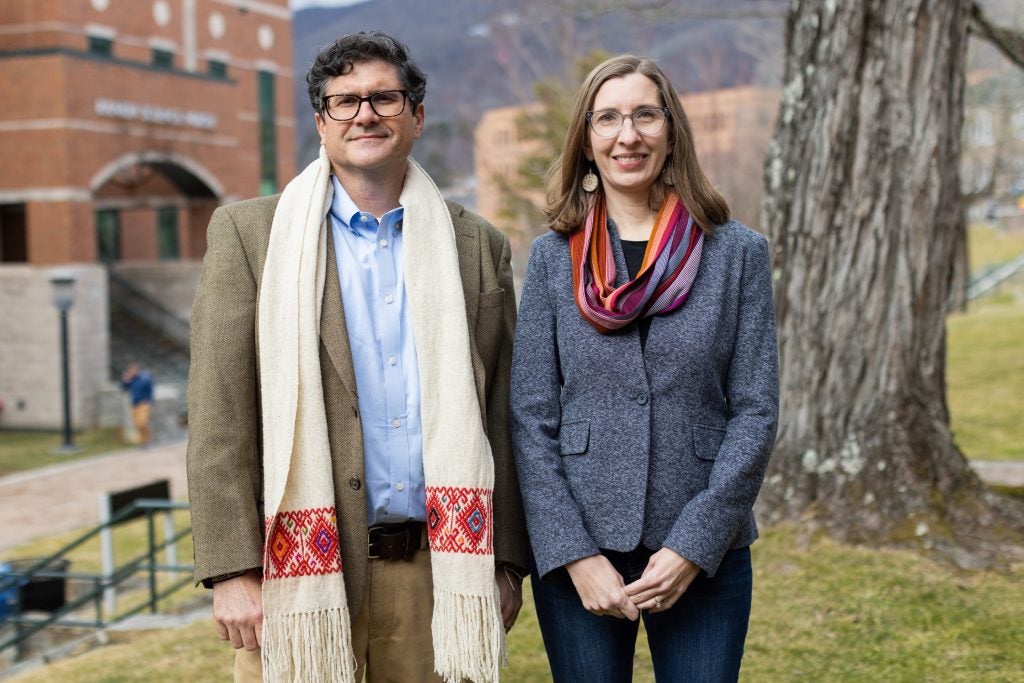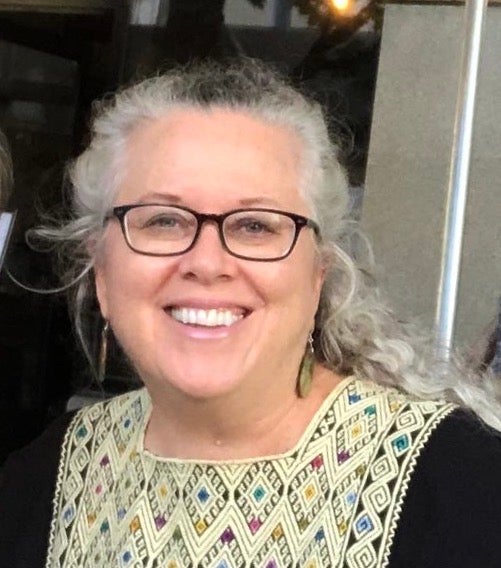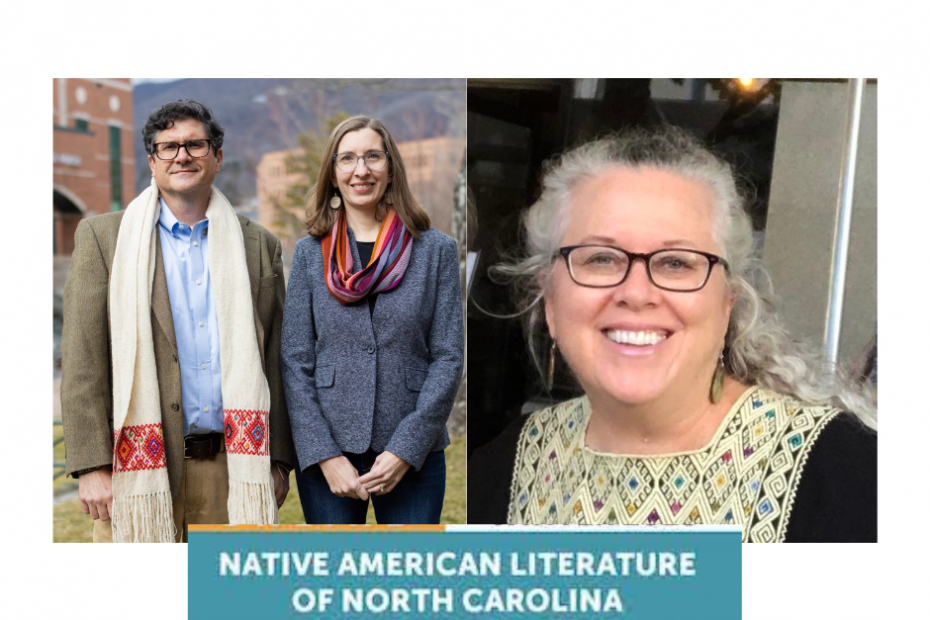The North Carolina Literary Review announces the winners of two honors given for content in our issues: the John Ehle Prize and the Randall Kenan Prize. The winner of each prize will receive a $250 honorarium from the prize sponsor, and both essays will appear in the 2023 print issue’s feature section on Native American Literature of North Carolina.

The annual John Ehle Prize is sponsored by Press 53 of Winston-Salem to recognize NCLR essays on or interviews with forgotten or neglected writers of North Carolina. The 2023 Ehle Prize is awarded to Melissa D. Birkhofer and Paul M. Worley for their essay, “She Said That Saint Augustine Is Worth Nothing Compared to Her Homeland: Teresa Martín and the Méndez Cancio Account of La Tama (1600).”
State University of New York at Oneonta Professor George Hovis, an NCLR editorial board member and regular contributor, selected Birkhofer and Worley’s essay, commending it for being “both an example of rigorous historical and literary scholarship and a thrilling page-turner.” Hovis summarizes the prize-winning essay: “Birkhofer and Worley reconstruct Teresa Martin’s narrative as one of Indigenous resistance to colonialism and the ravages of empire. This essay treats Martin’s account as an origin story, one that tells us where we come from as a way of helping us better understand where we are.”
Birkhofer and Worley are both on the faculty at Appalachian State University. Birkhofer is a Visiting Assistant Professor of English, and Worley is Professor of Spanish and Chair of the Department of Languages, Literatures, and Cultures. Birkhofer and Worley are white settler scholars from the Carolinas. They are married to each other, and previously collaborated on a 2021 translation of Miguel Rocha Vivas’s Word Mingas from Spanish to English.
The Randall Kenan Prize is sponsored by the UNC Chapel Hill Creative Writing Program for the year’s best essay on or interview with a new or relatively new North Carolina writer, accepted for publication in NCLR. Jane Haladay is the recipient of the 2023 Kenan Prize for her essay “Coming Home: Affirming Community through Lumbee Children’s Literature.” Eric Gary Anderson, author of American Indian Literature and the Southwest: Contexts and Dispositions, was this year’s judge. Anderson selected Haladay’s essay saying, “The author skillfully balances discussion of literature, culture, literary criticism, pedagogy, and the all-important, thriving community partnerships between University and local public schools.”

Jane Haladay is Professor of American Indian Studies at UNC Pembroke. In 2017, she co-authored (with Scott Hicks) the book Narratives of Educating for Sustainability in Unsustainable Environments. She was the winner of UNCP’s Excellence in Service-Learning Award in 2016 as well as the winner of the Outstanding Allyship Award from UNCP’s American Indian Heritage Center in 2021. Haladay’s subjects for the Kenan Prize essay are two children’s books: It’s Lumbee Homecoming, Y’all!: Nakoma’s Greatest Tradition, written by Leslie Locklear and Christina Pacheco and illustrated by Raven Dial-Stanley and Evynn Richardson, and Whoz Ya People? by Brittany D. Hunt, illustrated by Bea Brayboy. Both books were published in 2020.
In her Kenan Prize essay, Haladay explains how she uses these two picture books in a service-learning assignment involving bringing her university students to Union Elementary School in Rowland, NC. Anderson praised the project as “well-designed and sure to be useful for teachers, students, and stakeholders not just in Robeson County but across the country.” Haladay is generously sharing her course materials as well as her essay, allowing the essay to be presented as part of NCLR’s North Carolina Humanities Community Research Grant project, a new initiative that encourages pedagogical submissions. The content inspired by this initiative provides open access to the authors’ course materials to teachers who might create similar projects involving North Carolina literature. Haladay’s essay, therefore, will be published in both the 2023 print issue and the fall online issue, with links to her class materials.
The North Carolina Literary Review continues to encourage works about North Carolina writers past or present, not just the state’s literary luminaries, but rising stars and those we have previously failed to see. Find submission guidelines on our website, and subscribe to read these essays and the rest of the issue, which includes seven other strong contenders for these honors.
###
